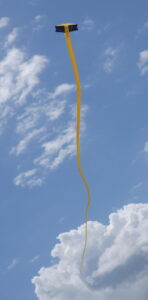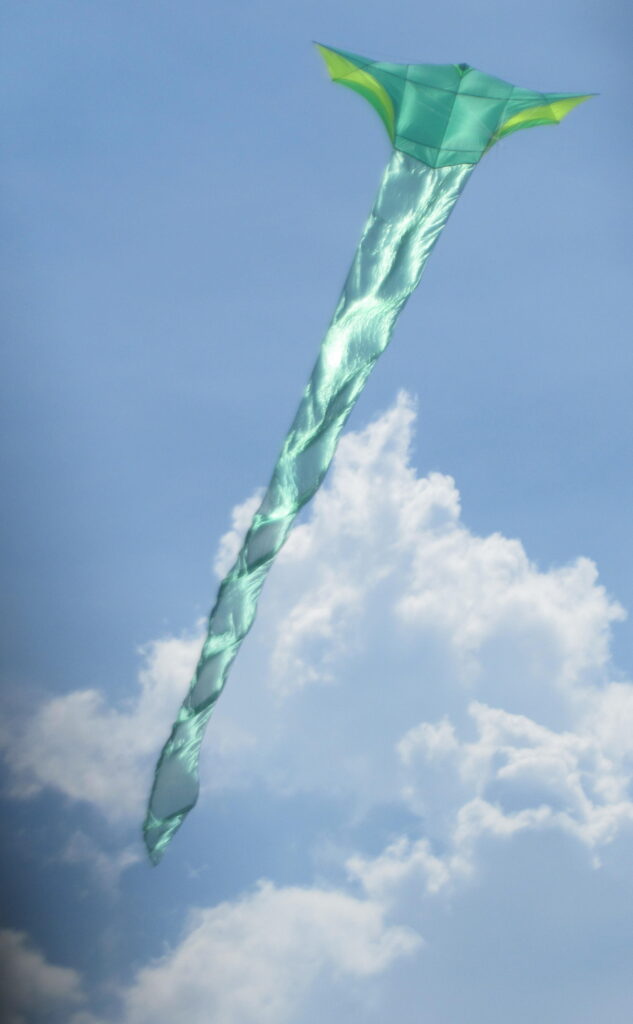
Kites in chronological order after design year, from 1994 and onwards.
The kites are grouped in sections of eight.
On smartphone: use finger for scrolling sideways to be able to see all pictures.
–
Details of kites # 41 – >.
Click the picture to get a larger picture.
Click the button under the picture to get more information.
| Kite Name | Picture | Picture | Picture |
| 41. Ririn
Flying and flowing | Ririn - video Flowing | ||
| 42. ThorNado ThorNado development | ThorNado Black/yellow | ThorNado video.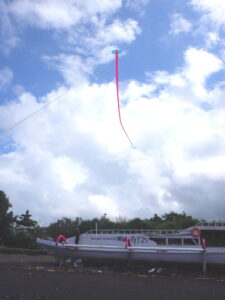 Cerise Outriggers |
The rest of the kites.
Click the button in left column the get the details of the kites in the section.
1. A-Kross | 2. Fold Black | 3. Who's flying whom? | 4. Volvolare | ||
| View details of kites 1 - 8 | 5. Go fly a Kite, Charlie Brown!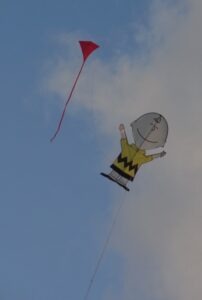 | 6. Sverker Longship | 7. Ruler of the Sky | 8. SHARK |
9. Salida Sled | 10. Fly50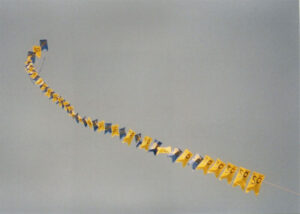 | 11. Flag | 12. Sueño de Barrilete |
|
| View details of kites #9 - 16 | 13. ReTurn | 14. Confusion (Fat Flat Rok)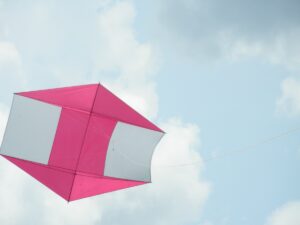 | 15. Red Tail | 16. Sake Dako |
17. Absolut Kite | 18. Nokap | 19. Flyn | 20. WannaBees |
|
| View details of kites #17 - 24 | 21. PentArch | 22. Stockholm 1912 | 23. Coded & Decoded | 24. Ikan & Sakana |
25. Square Foot | 26 BAHCO 10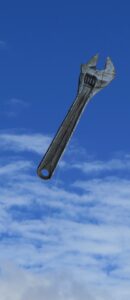 | 27. Don't Waste Your Time | 28. Money Laundry |
|
| View details of kites #25 - 32 | 29. Imposters | 30. Block Shot | 31. YangTze | 32. Butterfly |
33. HumbleBee | 34. Nyoman Shimmy | 35. Roebuck | 36. Ronbus |
|
| View details of kites #33 - 40 | 37. Svein | 38. akka | 39. Niëlje | 40. Forty³ |



